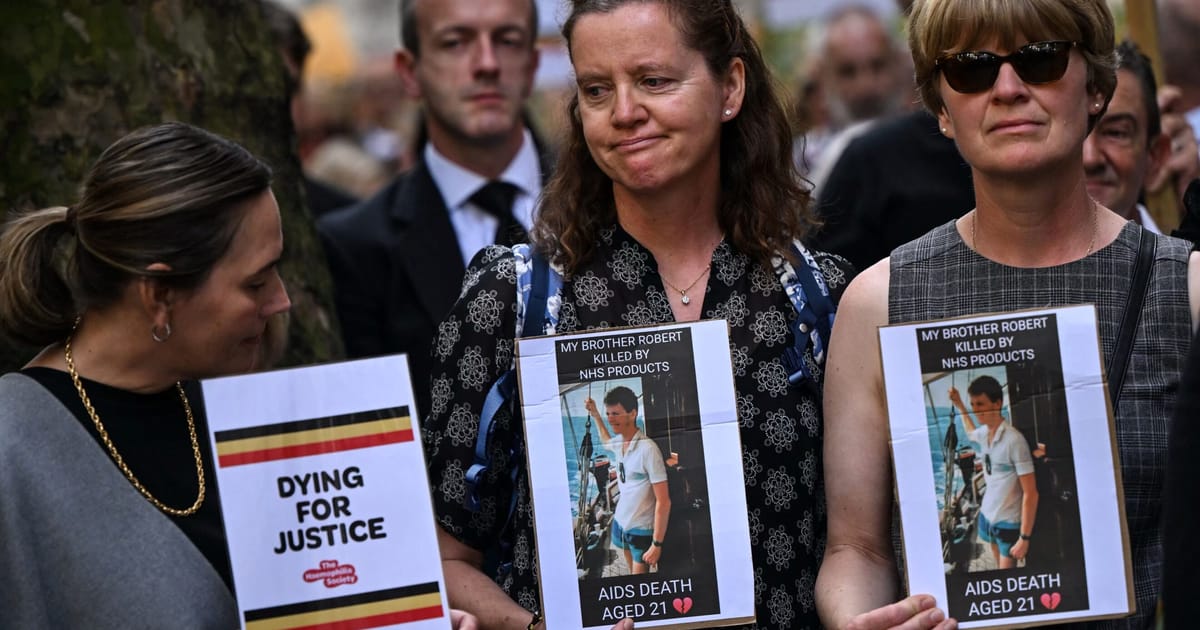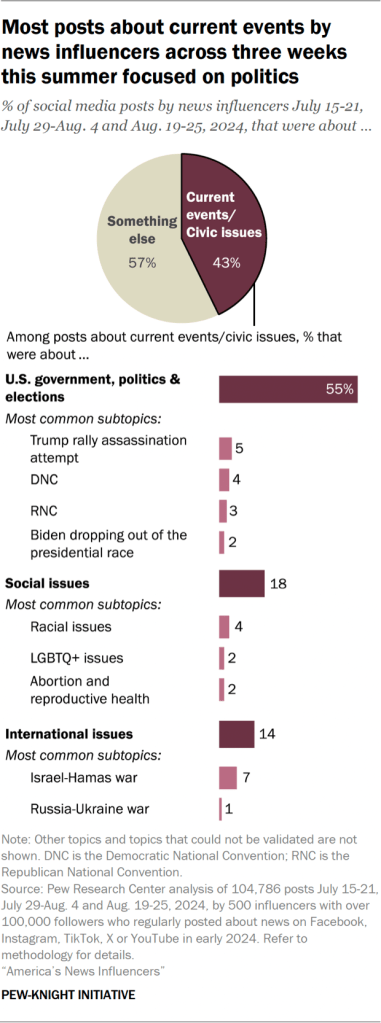LONDON — Decades after they were let down by the state that was supposed to care for them, British victims of the world-wide infected blood scandal are still waiting for amends.
On Wednesday, Prime Minister Rishi Sunak was heckled as he sought to answer a flurry of questions on his administration’s response to what has been called the “worst treatment disaster” in the history of the National Health Service.
Thousands died – with many more falling ill — after being treated with unsafe blood products between 1970 and 1991.
Some of those made ill and family members of others who lost their lives watched from the public gallery as Sunak attempted to assure the official inquiry into what went wrong — launched decades after they were given contaminated blood — that the British state finally has their back.
But his firm insistence that the government would not bring forward compensation despite being urged to by the inquiry chair prompted boos and bitter laughter from a number of onlookers.
POLITICO spoke to some of those whose lives were turned upside down by the scandal, and asked them what they wanted to see next.
What is the infected blood products scandal?
Put simply, it’s about a failure to keep patients safe — compounded by a perceived refusal to acknowledge mistakes and then support victims with proper compensation.
Thousands of patients — many who had hemophilia, an inherited blood clotting disorder — were treated by the NHS during the 1970s and 1980s with blood products later found to have been contaminated with HIV and hepatitis.
Up to 2,900 people, including young children, are estimated to have died by 2019, with many more becoming severely ill. Those affected were undergoing regular medical treatment and had no reason to think they were in danger.
Hemophiliac Nigel Hamilton was infected with Hepatitis C during routine eye surgery aged 16 in 1976 — but it would be more than a decade before doctors confirmed his diagnosis. It was missed at the height of the AIDS crisis, when medics were mainly focused on testing for HIV.
“I wasn’t allowed” to use the family’s cutlery, the 62-year-old former haulage firm manager from Belfast told POLITICO. “I had to keep mine on a separate shelf.” He later lost his career and needed a liver transplant.

Ronald Scott, an Edinburgh-born computer programmer, was infected with HIV and Hep C between 1981 and 1983. He and is wife Barbara kept his diagnosis secret until months before his death in 1993, 10 days after his 50th birthday. Some of her colleagues found out only when she gave evidence to the inquiry.
Scott’s daughter Katie, who was 19 when he died, said: “It was about protecting everybody from the normal emotional fallout from terminal illness, with the stigma on top — you might have had bricks thrown through your window, or your professional life becoming impossible.”
The killer factor
One key aspect of the scandal was the use of factor concentrate to treat hemophiliacs.
The then-revolutionary treatment was created by pooling blood plasma from thousands of donors and concentrating it to extract the clotting agent. This could then be used at home and meant patients were able to treat themselves before they had a potentially fatal bleed.
But while extracting factor concentrate was seen as a huge step forward in terms of treatment, just one contaminated sample could infect an entire batch — and there are questions over whether the government was sufficiently alive to this risk.
Faced with a shortage of blood supplies in the U.K, the NHS imported products from the United States — where paid donor schemes saw high-risk groups including drug addicts give blood, which was then used in the U.K.
Coventry-born former carpenter Jonathan Evans died in 1993 after being infected with HIV and Hepatitis C. His son Jason — the founder of the Factor 8 campaign group (named after the blood product responsible) — said his only living memory of his father is from his fourth birthday: “He was just dying of AIDS in a bed in his parents’ home … I remember being stood in there with one of the original Game Boys in my hand, seeing all the tubes and things, but having no realization of the gravity of the situation.”
What do victims want?
It’s been a long road to a public inquiry for the scandal’s victims.
In 1990, several patients infected with HIV launched a legal battle, followed by a group infected with hepatitis 10 years later. While other nations affected by similar scandals began making redress, British governments of all political stripes batted away calls for a full, statutory public inquiry.
It wasn’t until 2017, when 500 people brought a legal challenge, that then-Prime Minister Theresa May ordered the now-ongoing inquiry into what she described as the “appalling tragedy.”
Various no-fault payment schemes were set up over the years, although they were criticized as patchy and inadequate, and unfavorably compared to a scheme launched in the Republic of Ireland back in 1995.
In a significant moment last year, and following decades of campaigning, the government agreed to provide victims of the scandal with £100,000 of interim compensation. However the payments did not cover many parents and children of those who had died.
While the inquiry has still to issue its final report on how the scandal unfolded, in April its chair Brian Langstaff issued an interim finding calling on ministers to set up a payment scheme which would also cover the children and parents. He said time was of the essence given the fragility of those affected.
Waiting game
Survivors and family members listened intently to a somber Sunak’s testimony Wednesday — and some made their disapproval clear as he indicated the government would not act imminently on Langstaff’s recommendation
Sunak, who became prime minister last year but served as the U.K.’s top finance minister for three years before that, was quizzed by lead inquiry counsel Jenni Richards on what exactly the Treasury did on compensation on his watch.
He opened by acknowledging the scale of an “appalling scandal” which, he said, continues to affect its victims. They had, he said, been “let down for decades by successive governments,” and repeatedly told there was “nothing to see here.”
But he defended his government’s record, saying it had handed out six-figure interim compensation payments to some 4,500 people and continued to fund the inquiry.
He said clarity on the scope and generosity of the full compensation scheme would be set out only once the inquiry’s final report had landed and been digested by his administration.

“As is entirely normal and precedented, government will wait for the conclusion of an inquiry’s findings so it has the full context and understanding of everything that is relevant to the situation before making final decisions,” Sunak said.
He also rejected claims that his government is stalling for time, pointing to meetings between top ministers and campaign groups, and insisted his administration is laying the groundwork for a payment scheme.
Left hanging
“People can [get] a sense of the breadth and intensity of the work that is happening in government that, as far as I can tell, was not there in the past,” he said. “I think that should give people some reassurance that there’s a desire to see this through.”
A government-commissioned report last year by the lawyer Robert Francis theorized that compensation could end up at anywhere from £50,000 for a mild disease to £315,000 for co-infection with two severe diseases. But it stressed this was only an “illustration” — and neither the inquiry nor the government is using those figures.
For victims, the wait goes on. Hamilton had a clear message for Sunak on Wednesday: “Tell us what the timeline is, and when he expects it to be dealt with.” That should, he said, include action when the government’s new legislative program is unveiled this fall.
Scott added: “It feels that they are trying to ensure they don’t have to deal with it, and it is forced on the next government post election — because it’s going to be very expensive.”




